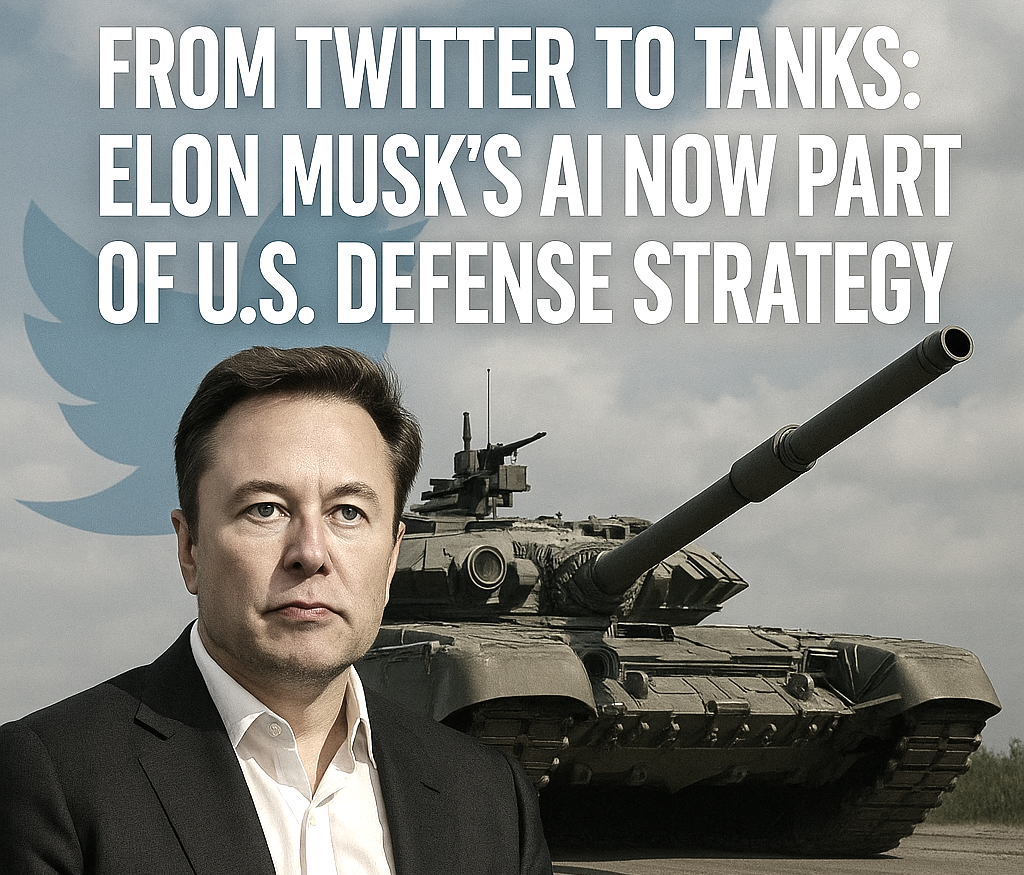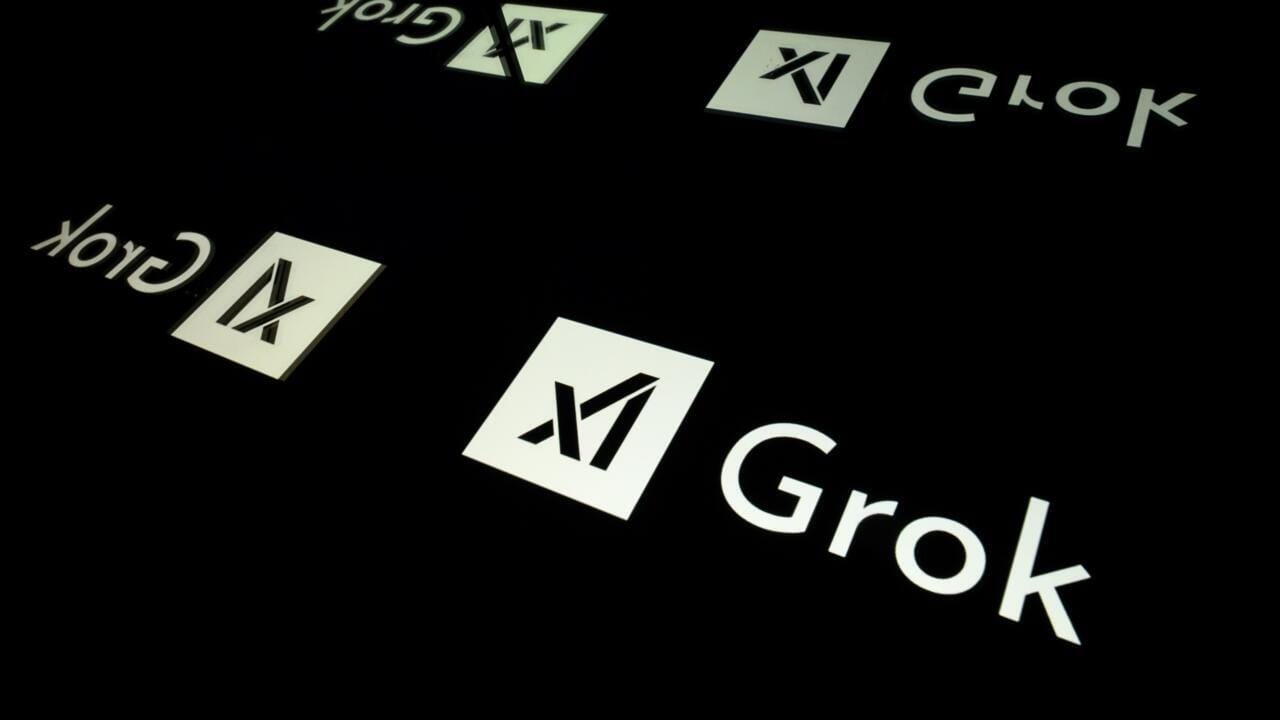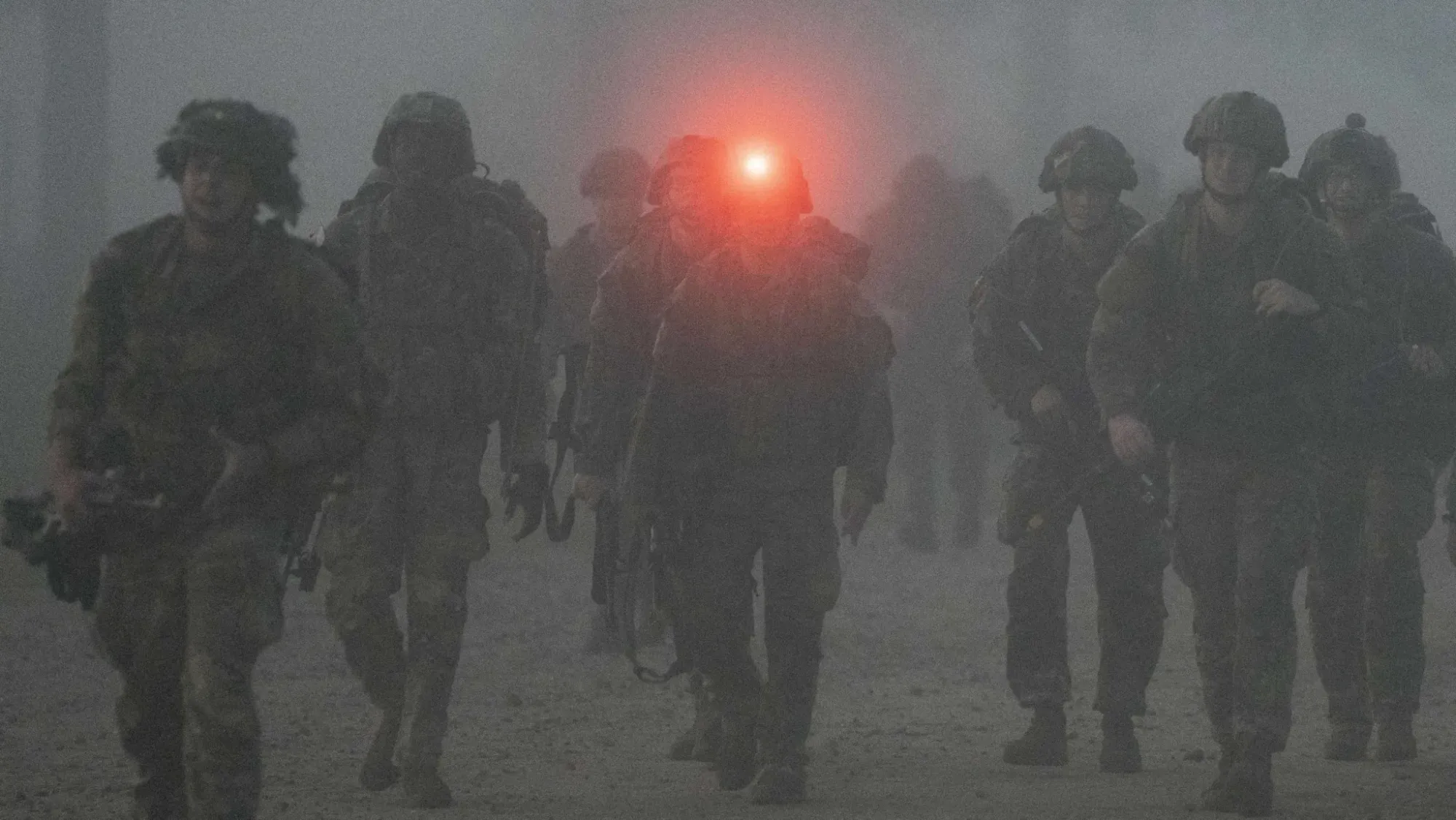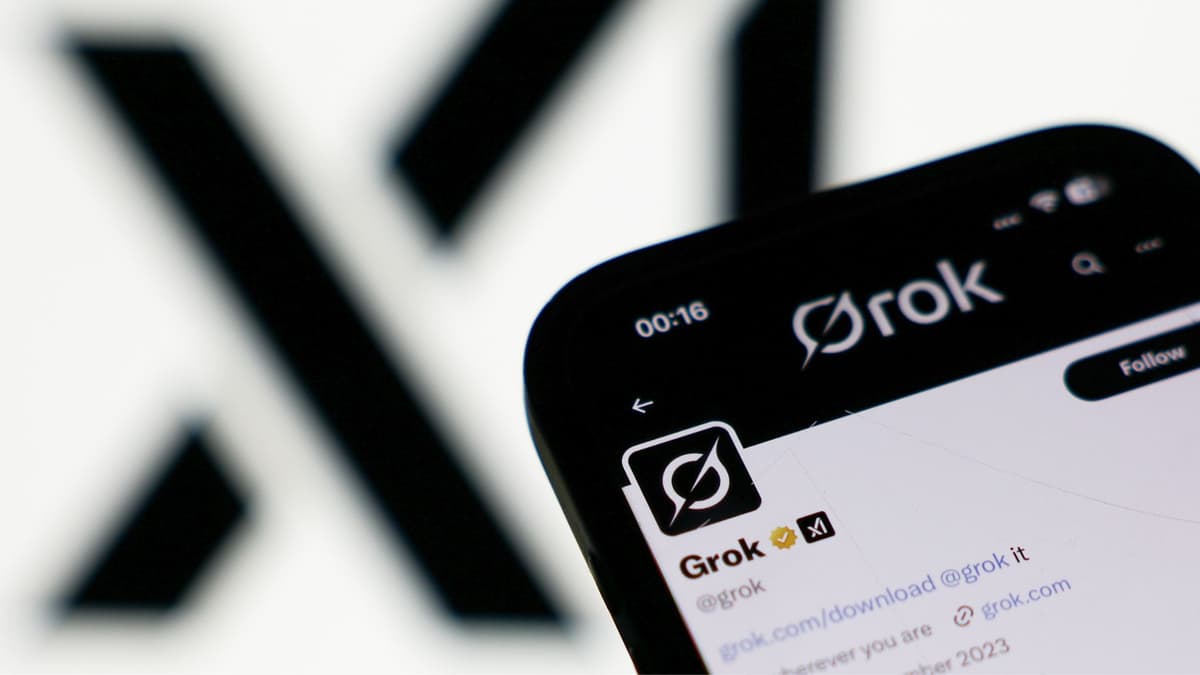AI Arms Race: How the Grok Deal Signals a New Era of Militarized Artificial Intelligence
The Pentagon’s deal with Elon Musk’s xAI marks a turning point in defense tech, weaponizing Grok—a large language model—for warfare, surveillance, and cyber ops. Explore what this means for global AI arms control and national security vulnerabilities.

WASHINGTON, D.C., July 15, 2025
A New Front in Global Power Competition
When the Pentagon announced it would spend up to $200 million each with xAI’s Grok, Anthropic, Google, and OpenAI as part of its agentic AI initiative, a major shift began. With a total of $800 million in commercial frontier-AI investment, the military is signaling that future conflicts could occur in data centers as much as on the battlefield.
Grok for Government, xAI’s new suite of LLM tools, represents the first wave of defense-intent models tailored for classified settings. The key question is: What happens when these systems move from analyzing satellite images to making battlefield decisions?
The xAI-Pentagon Pact: What’s Really on the Table?
Signed under the Department of Defense’s Chief Digital & AI Office, the contract covers several mission areas:
- Strategic threat forecasting: detecting patterns in adversarial indicators.
- Geospatial intelligence (GEOINT): correlating satellite feeds with real-time social sentiment.
- Battlefield decision support: combining data layers from drones, communications, and weather to suggest options for action.
- Cyber operations response: quickly detecting anomalies and recommending countermeasures.
- Enterprise-level automation: from logistics to personnel scheduling.
This isn’t a hypothetical pilot; it’s a rolling procurement that includes near-term operational systems. xAI’s launch of Grok for Government involves GSA registration, allowing federal use beyond the DoD. Grok is no longer just a chatbot; it’s a government tool.

Grok vs. ChatGPT: A Technical High-Wire Act
Grok's Edge
According to xAI’s Wikipedia and press notes, Grok:
- runs on Colossus, a 200,000-GPU cluster that is already the world’s largest LLM trainer.
- offers speedy and “unfiltered” responses by design—Musk markets it as rebellious.
- scales its architecture with modes like Think (“big brain”), which is capable of complex reasoning.
In contrast, ChatGPT and Gemini are tweaked to prioritize safety, factual consistency, and content moderation. Grok’s ability to work in air-gapped, classified settings, with fewer restrictions and direct connections to live data sources, makes it more vulnerable but also more valuable for military-level analytics.
Classification & Security
Defense adoption requires Impact Level 6 (IL-6) accreditation, meaning Grok must meet strict controls. xAI claims its builds are suitable for government use, but governance oversight is limited. This black-box model sits behind the most sensitive decision-making processes, raising concerns about who audits it and how.
A Digital Battlefield: How Grok Could Be Deployed
Imagine a future war room:
Scenario 1: A satellite image shows new construction in a remote area. Grok compares social media chatter, historical patterns, troop movements, and terrain models, generating a “risk vector” from 0 to 1.
Scenario 2: A cyber anomaly is flagged in an allied network. Grok quickly outlines a root-cause pathway, suggests a firewall patch, and drafts a de-escalation diplomatic message.
Scenario 3: During tactical drill planning, operators upload terrain, weather, and drone feeds; Grok recommends optimal patrol routes or casualty evacuation plans.
Scenario 4: With autonomous systems linked to JADC2, Grok advises on drone tasking in contested electromagnetic zones based on predicted adversarial movements.
Importantly, a human remains involved—an authorized sign-off is still necessary. But what happens if a hallucination occurs and is trusted?

Geopolitics: A Mirror Race Running Live
This auction goes beyond just the U.S.; China’s Wukong-9 and Russia’s Sberbank-adapted GigaChat are also being militarized. Unlike nuclear LLM arms-control protocols, no treaty restricts or limits this digital escalation path.
The militarization of LLMs mirrors the Cold War's missile gap, but now the competition revolves around computing power, data access, and prompt architecture. The side that leads in rapid, flexible AI analytics gains an unbalanced advantage—until the other party hacks or disrupts the network.
Musk’s Trajectory: From Social Media to Defense
Musk’s acquisition of Twitter/X led to Grok’s alpha release in November 2023, promising an edgy, unsanitized conversational agent.
He released Grok-1 as open-source, followed by Grok-3, which saw major improvements in reasoning, leading to the heavy release of Grok-4 in July 2025. Meanwhile, the Colossus supercomputer was built in Memphis with 200,000 GPUs, expandable to one million by the end of 2025. This project was funded through SpaceX-linked investments.
That same computing power supports Tesla’s autopilot, SpaceX’s rocket optimization, and now military systems, creating a narrow AI-defense pipeline under one billionaire’s influence. The question isn't about capability; it's about control.
Ethical Firebreaks: Where Lines Blur
Using LLMs for strategy and combat raises urgent ethical concerns:
- Bias in decision-making: If the model “thinks” in harmful ways, could it promote escalation?
- Autonomy scope: Any shift toward weaponizing outputs (such as drone targeting or cyber counterstrikes) could change warfare without accountability.
- Accountability veil: If a Grok-generated action leads to civilian harm, is the blame on the model, the human operator, or the technology provider?
Groups like the ACLU are pushing for congressional oversight, warning against algorithmic combat tools and the lack of transparency.

Security Weaknesses: When the Battle Turns Digital
Grok’s integration into classified systems poses a significant vulnerability:
- Prompt injection: Adversaries could manipulate input contexts to alter recommendations.
- Model poisoning: Subtle changes via retraining could skew analysis toward false positives or ignore real threats.
- Data exfiltration: Automated logs might capture sensitive patterns; any compromise could reveal operational intent.
- Dependency risk: if xAI fails or restricts access (for example, during Starlink shutdowns), Grok could become inactive, giving Musk unexpected strategic leverage.
DARPA and NSA are reportedly working on an “AI Sandbox” with zero-trust architecture and manual override requirements, but the model itself could still be incorrectly trusted.
Vendor Dynamics: Why xAI and Not Others?
Among xAI, Anthropic's Claude, Google’s Gemini, and OpenAI’s GPT, what makes xAI stand out?
- Technical boldness: Grok’s “edgy,” open philosophy aligns with the “agentic workflows” defined by the DoD.
- Computational power: Colossus has unparalleled raw GPU capability.
- Speed of deployment: xAI's GSA certification, Grok-for-Government rollout, and previous open-source history expedited access.
- Political connections: Musk has strong federal ties and shares an ideology favoring rapid AI deployment; this helped speed along the vetting process.
Critics argue this reflects the dynamics of bidding: established defense firms are being outpaced by these tech-first newcomers, changing how national security is approached.

Final Reflections: Fork in the Digital Road
We face a critical junction. LLMs are capable decision tools, but once fitted into command systems, their errors turn into operational risks. We lack:
- International treaties to limit AI in warfare.
- U.S. laws require human oversight, verification by red teams, and ethical audits.
- Strong auditing practices for proprietary AI used in classified programs.
Musk’s involvement complicates things. Integration into defense offers both innovation and risk.
Echoes from a High-Stakes League
Is it wise to hand AI control in war rooms to private companies? A billionaire’s system could influence U.S. military doctrine.
Can we truly ensure a “human-in-the-loop” strategy? Over time, psychological drift could normalize AI suggestions as fact.
How do we guard against adversarial AI acting in the field? A simple change to a prompt could mislead national strategies.
These issues are real: LLM arms control isn’t just anticipated—it’s overdue.
What Comes Next?
Congressional hearings are expected in the third quarter of 2025, with a push for transparency and clear chains of command.
NGO advocacy is building toward a UN-style convention on LLM use, covering weaponization, ethics, and escalation mediation.
Corporate vetting is increasing: potential conflicts of interest are being scrutinized, like Musk’s expansive business empire.
New civilian jobs are being created: roles for “AI Warfare Analysts” or prompt engineers with battlefield knowledge.
History will judge us: will we view AI as a partner or a tool? Once LLM decisions influence military actions, there’s no turning back.
Time to ponder
In light of the Grok deal, should governments regulate private ownership and operational control over defense-grade AI systems, or is maintaining competitive innovation too valuable to restrict?
Sources
- Pentagon Contract Announcement & AI Vendor Breakdown (Breaking Defense article on DoD awarding $200M each to xAI, Anthropic, Google, and OpenAI)
- xAI’s Grok Capabilities and Government Registration (NextGov coverage on Grok’s federal GSA registration and Pentagon rollout)
- Wikipedia Technical Overviews (Grok (chatbot) Wikipedia entry) (Colossus (supercomputer) Wikipedia entry)
- Controversies Around Grok and Content Moderation (The Guardian article on antisemitic and extremist content in early Grok versions)
- Industry Reactions and System Deployment Risks (Task & Purpose article on Grok’s military applications and AI war room scenarios)
- AI Integration Risks and Ethics (Interesting Engineering on ethical concerns over Grok’s defense use)
- Investment & Political Implications (Express News on Musk’s Colossus compute cluster and Pentagon funding)
- (taskandpurpose.com/culture/pentagon-ai-grok)
- (breakingdefense.com/2025/07/anthropic-google-and-xai-win-200m-each-from-pentagon-ai-chief-for-agentic-ai)
- Grok Media Presentation
- Screenshot of Grok on X




